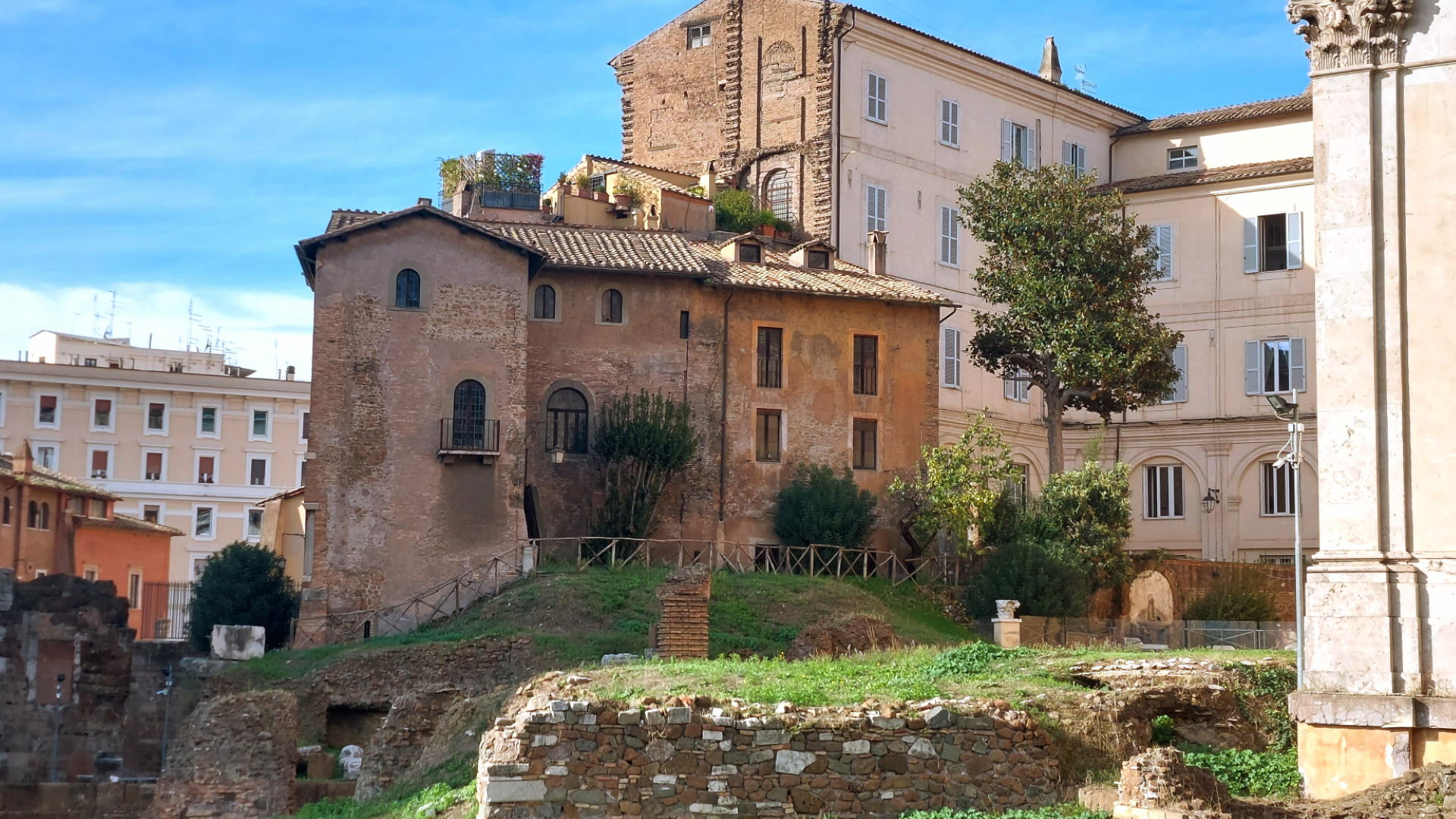
It is one of the few medieval buildings spared from the demolitions carried out between the Capitoline Hill and the Forum Boarium during the 1920s, when the urban fabric of this part of the city was disrupted by the works for the opening of the Via del Mare and the highlighting of the monuments of ancient Rome, and for this reason it now appears strangely isolated and “out of context”.
Built between the 12th and 14th centuries near the Temple of Apollo Sosianus, it was used as an inn and hotel from at least the 16th century, and its clientele were mostly merchants carrrying wares to Rome from Lazio and Abruzzo. Its name derives from the chain that closed a nearby narrow street, no longer extant: the “Vicolo della Catena di Pescheria” which led to the Portico of Octavia and the church of Sant’Angelo in Pescheria. The place-name “Pescheria” refers to the then adjacent fish market while the use of chains once served to prevent the passage of carts (for example, near hospitals, as in the case of Via dei Fornari), or to indicate, if placed near noble palaces, the presence or absence of the owners.
The building consists of three units built at different times and includes a partially basement floor, where carriages were housed, a raised ground floor and an upper floor, both of which were home to the old inn. The part closest to the cloister of Santa Maria in Campitelli was built on an earlier early medieval tower, while in the central part one can still see the remains of an archway that originally spanned the alley. Made even more striking by decorative elements of perusal inserted in the masonry and a refined little balcony, in its more recent history the building was also the institutional headquarters of the Capitoline Superintendence.
Seven streets named after seven crafts and trades
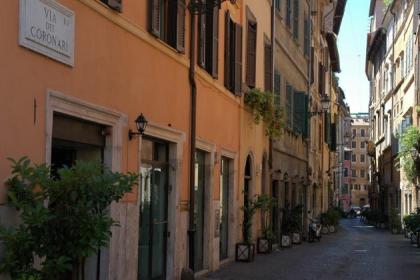
A maze of streets and alleys passing on the memory of ancient Roman crafts and trades
The Theatre of Marcellus
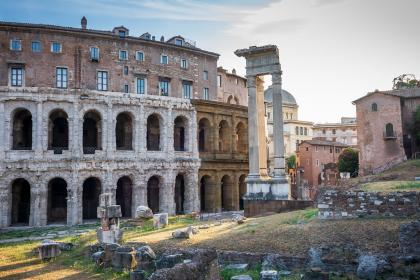
 Condividi
Condividi
The Portico of Octavia
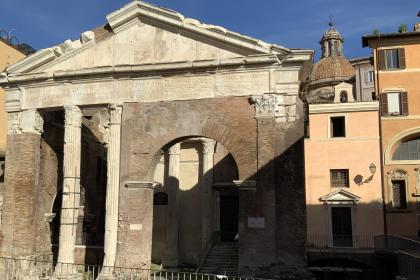
 Condividi
Condividi
The Church of Sant'Angelo in Pescheria
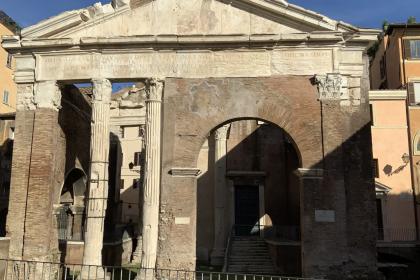
 Condividi
Condividi
Information
 Condividi
Condividi
Location
To find out about all accessibility services, visit the Rome accessible section.











































